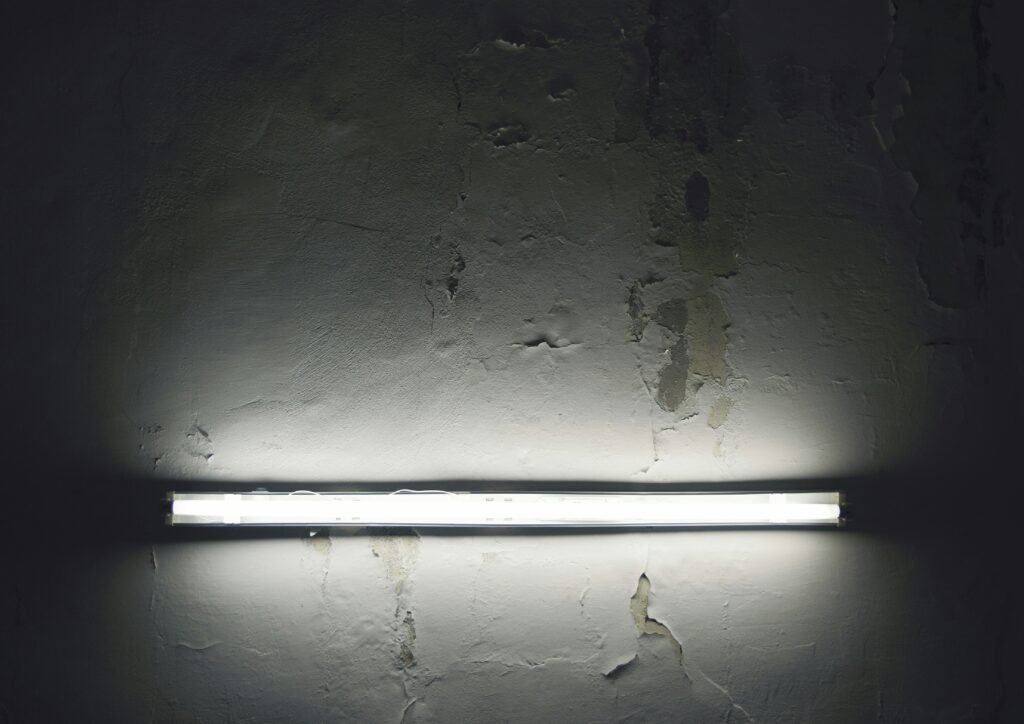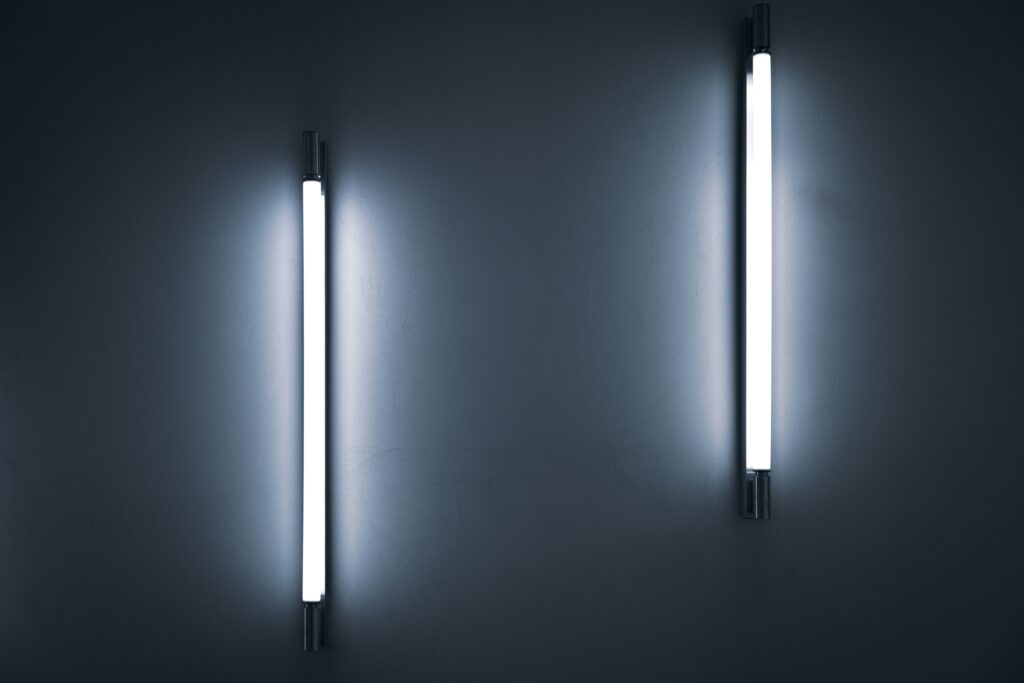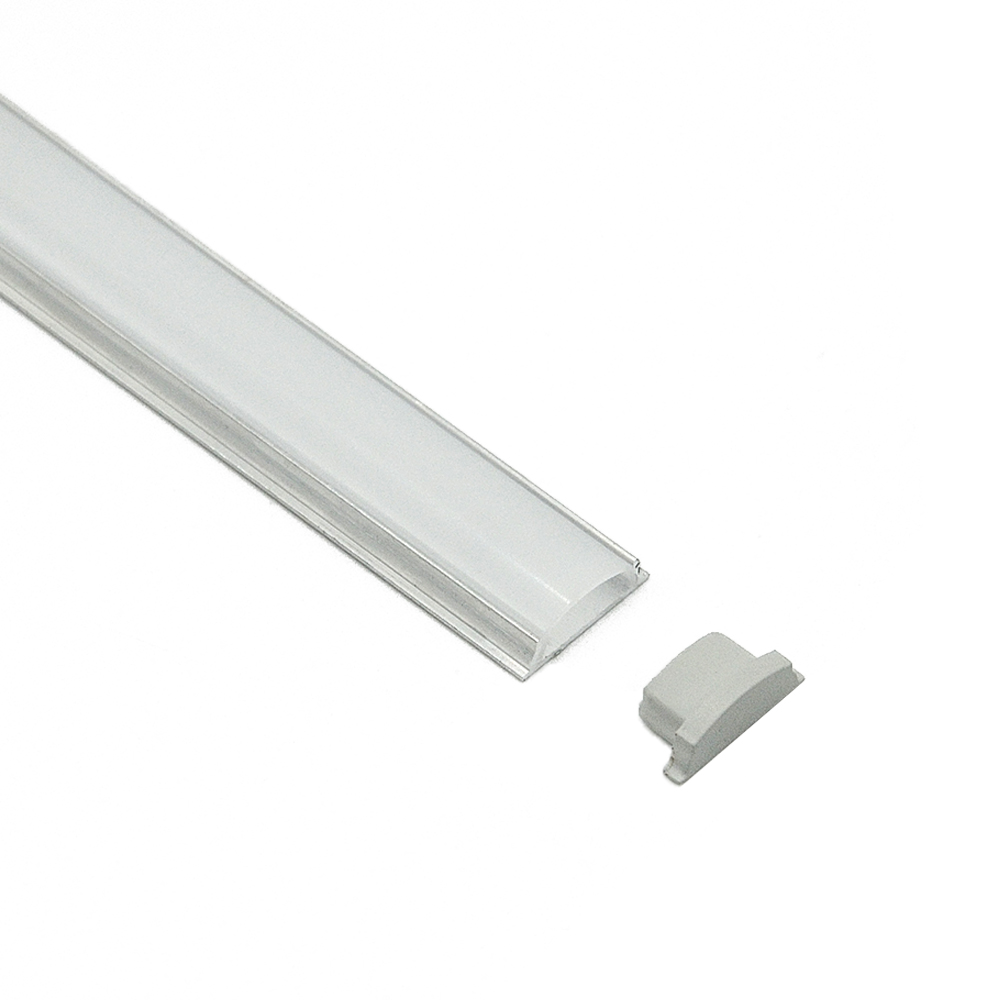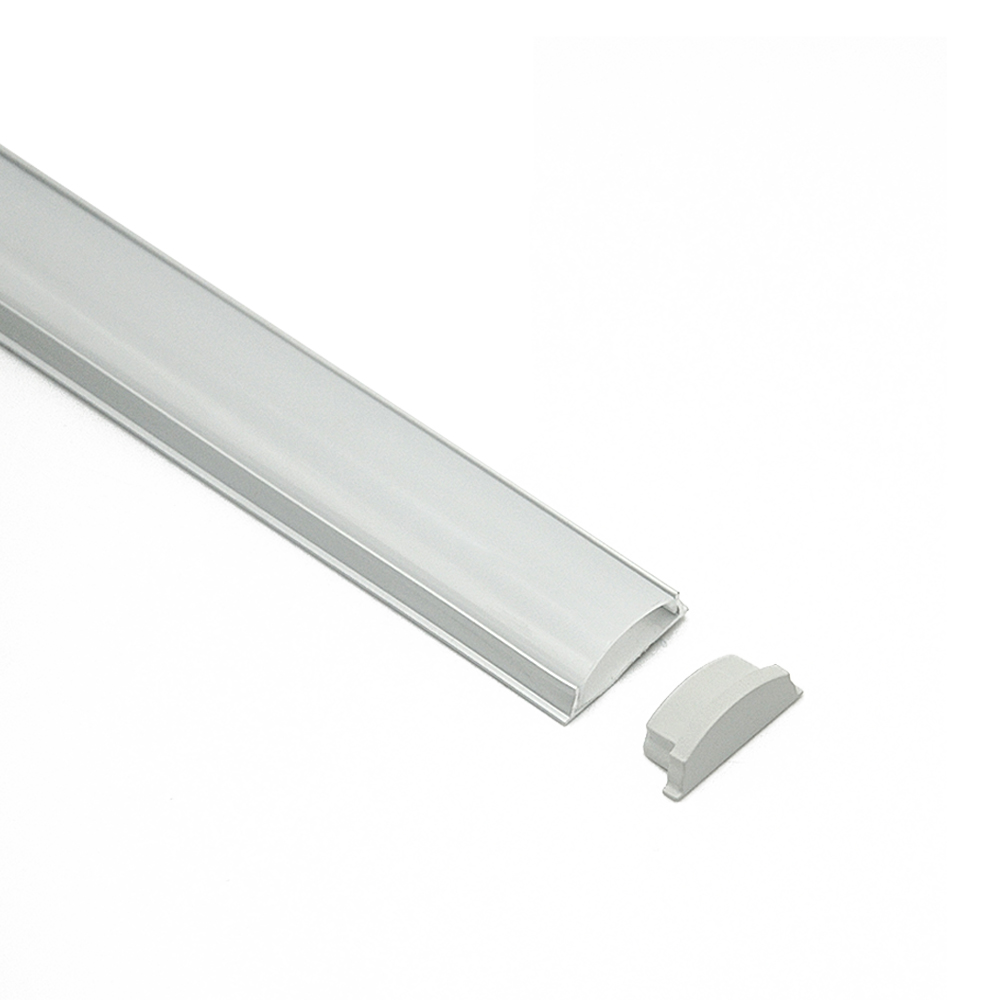Note: To ensure and accuracy, this article follows the content creation and review process of the Helian Expert Team.
Introduction
If you’ve ever installed LED strip lights, you may have wondered — will these peel the paint off my walls when I remove them? It’s a common concern, especially among homeowners and designers who care about maintaining pristine interiors.
The short answer: LED lights themselves don’t strip paint, but improper installation or removal can. Not all LED lights will experience paint peeling, whether it occurs primarily depends on paint quality, spraying techniques, and the usage environment. Let’s explore why this happens and how you can prevent it.

Core Causes of Paint Peeling on LED Lights
The main reason LED strips cause paint peeling is adhesive bonding. Most LED strip lights come with double-sided tape on the back. Over time, this adhesive can fuse tightly with the wall surface. When you remove the strip, it may pull off paint — especially if the paint layer is thin or not well-bonded.
LED Light Strip Adhesives: The Real Culprit
Most LED light strips use acrylic-based adhesives, known for strong bonding and durability. However, the quality of the adhesive varies widely by brand. Low-cost LED strips may use cheap adhesives that harden over time, making removal messy and damaging.
Premium manufacturers like HLLED recommend using LED aluminum profiles or removable adhesive tapes to prevent direct contact between sticky tape and paint.
Does LED Light Itself Damage Paint?
Here’s the myth-busting truth: LED light does not harm paint.
LEDs operate at low temperatures and emit negligible UV radiation — both of which could otherwise degrade paint. So, if your wall paint is fading, it’s not the LEDs; it’s probably sunlight or poor-quality paint.
Common Mistakes That Cause Paint Peeling
- Peeling too fast: Ripping off the LED strip suddenly can take paint with it.
- Freshly painted walls: Paint takes time to fully cure — usually 3–4 weeks.
- Low-quality LED strips: Cheap adhesives or excessive heat can cause bonding issues.
How to Prevent Paint Damage
- Always clean the wall before installation. Dust reduces adhesive reliability.
- Avoid sticking LEDs to wet or greasy surfaces.
- Use LED aluminum profiles or clips to hold the strips securely without direct tape contact.
- Choose removable 3M adhesive if wall safety is your priority.
Best Surfaces to Mount LED Strips
- Painted drywall: Works fine with care.
- Glass and metal: Perfect for adhesion and heat dissipation.
- Aluminum LED profiles: The best professional choice for heat management and aesthetics.

How to Remove LED Strips Without Stripping Paint?
When removing LED light strips, follow these steps if you’re concerned about paint peeling:
- Assess fixture type: First determine whether the surface is hard or soft, and how the fixture is secured.
- Power off for safety: Ensure the fixture is disconnected from power before proceeding to avoid electric shock.
- Use appropriate tools: For fixtures mounted on walls, gently scrape off the adhesive backing with a soft scraper to prevent wall damage. For removable fixtures, simply detach the mounting components.
- Apply gentle heat: On soft surfaces like carpets or upholstery, try using a heat gun to warm the adhesive on the back of the strip. Once softened, slowly peel it away to minimize surface damage.
- Clean the surface: After removal, use a mild cleaner and soft cloth to clean the surface and remove any adhesive residue.
- Protective measures: During removal, cover the surface with a thin cloth or plastic film to minimize direct contact.
- Professional Tools: If concerned about potential damage from improper handling, use specialized LED strip removal tools designed for safe, effective removal while protecting surfaces.
- Avoid Hard Scraping: Never use hard tools to forcefully scrape off the strip, as this may cause surface scratches or peeling.
- Spot Treatment: For localized areas, gently scrape with a blade, exercising extreme caution to avoid surface scratches.
- Professional Assistance: For challenging situations, consult a licensed electrician to ensure safety and prevent damage.
Following these steps enables effective LED strip removal while safeguarding surface paint and materials from harm.
Alternative Mounting Methods
- Magnetic LED holders
- 3M Command hooks
- LED aluminum channels (highly recommended for professional installations)
Aluminum LED profiles provide a clean, protective, and stylish solution for mounting LED strips. They help with heat dissipation, light diffusion, and easy replacement.
Helian LED Lighting (HLLED) offers customized LED aluminum channels — including recessed, surface-mounted, and corner types — perfect for interior, architectural, and commercial lighting projects.
Why Choose Helian LED Lighting (HLLED)
Founded in 2007, HLLED is a state-level high-tech manufacturer with ISO 9001:2015 certification. With 20,000+ m² of production area and over 30 production lines, HLLED delivers custom LED lighting solutions trusted in over 100 countries.
Helian’s products are CE, ROHS, UL, and DLC certified, ensuring reliability for architects, engineers, and lighting designers worldwide. Whether you need custom-length LED profiles, IP68 waterproof solutions, or OEM branding, HLLED provides world-class service and precision.
Conclusion
So, do LED lights strip paint? Not by themselves. The real issue lies in adhesive strength and wall preparation.
To protect your walls, use high-quality LED profiles, gentle adhesives, and proper removal techniques. With professional installation — like those offered by Helian LED Lighting — you can enjoy stunning illumination without sacrificing your wall’s finish.


